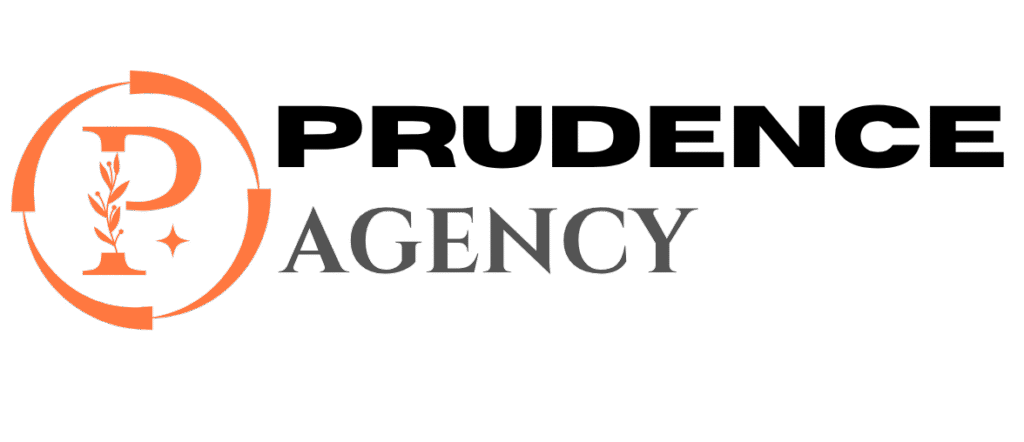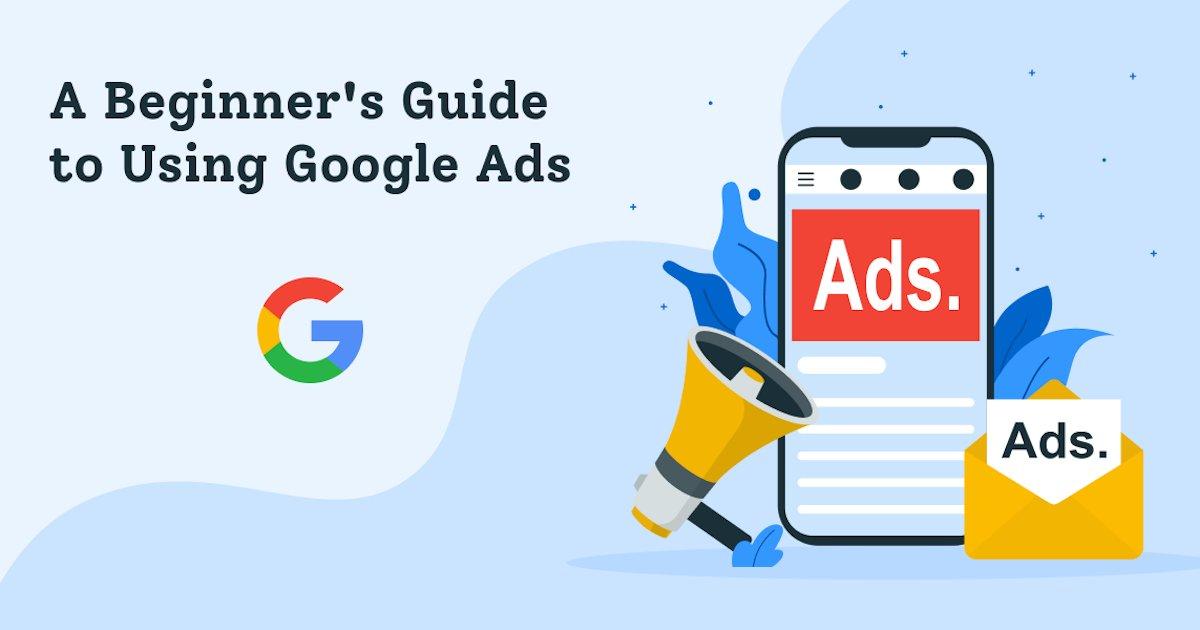A Beginner’s Guide to Google Ads: How to Start and Succeed
In today’s digital-first world, mastering online advertising is crucial for businesses looking to grow their brand and drive sales. Google Ads stands out as one of the most powerful pay-per-click (PPC) advertising platforms available, giving brands an opportunity to reach their target audience with precision. If you’re new to Google Ads, this beginner’s guide will walk you through everything you need to know to create effective campaigns and maximize your advertising budget.
What Is Google Ads?
Google Ads is an online advertising platform developed by Google that allows businesses to create ads that appear on Google search results, YouTube, partner websites, and more. It operates primarily on a pay-per-click model, meaning you only pay when someone clicks on your ad.
Whether you want to boost website traffic, increase sales, or generate leads, Google Ads offers flexible tools to help achieve your marketing goals.
Why Choose Google Ads? Benefits for Beginners
Google Ads offers several advantages that make it ideal for beginners venturing into online advertising:
- Instant visibility: Ads appear on Google search results and across a vast network, driving immediate traffic.
- Targeted advertising: Reach your ideal customers based on keywords, location, demographics, device, and more.
- Budget control: You decide your daily budget and cost-per-click bids, making it scalable for any business size.
- Measurable results: Track clicks, conversions, impressions, and ROI with detailed analytics.
- Flexible ad formats: Choose from text ads, display ads, shopping ads, video ads, and app promotion ads.
Getting Started with Google Ads: Step-by-Step Setup
Launching your first Google Ads campaign can feel overwhelming, but following these steps will simplify the process:
1. Create a Google Ads Account
Visit ads.google.com and sign up using your Google account. Provide your business details and billing information to get started.
2. Set Your Advertising Goals
Select a goal that aligns with your business objectives. Common goals include:
- Increasing website traffic
- Generating leads or calls
- Boosting product sales
- Raising brand awareness
3. Choose Campaign Type
Google Ads offers multiple campaign types. Beginners typically start with one of these:
- Search campaigns: Text ads triggered by keyword searches on Google.
- Display campaigns: Banner and image ads shown on Google’s display network sites.
- Shopping campaigns: Product ads shown in Google Shopping results.
4. Conduct Keyword Research
Keywords are the foundation of search campaigns. Use Google’s Keyword Planner to find relevant keywords your audience searches for and add negative keywords to filter out irrelevant traffic.
5. Define Your Target Audience
Precision targeting is powerful. Specify:
- Locations (cities, countries, regions)
- Languages
- Device types (mobile, desktop)
- Demographics (age, gender, interests)
6. Set Your Budget and Bidding Strategy
Decide how much you want to spend daily or monthly. Choose a bidding strategy, such as:
- Manual CPC: Control bids for each keyword.
- Maximize clicks: Let Google optimize to get the most clicks within your budget.
- Target CPA (cost per acquisition): Focus on conversions at a target cost.
7. Create Your Ads
Write compelling ad copy for search campaigns or upload attractive images/videos for display. Make sure your ads contain a clear call-to-action and match the intent of your keywords.
8. Launch and Monitor Your Campaign
Once you launch, regularly check key metrics like impressions, click-through rates (CTR), conversion rates, and cost-per-click (CPC) to optimize your campaign.
Google Ads Campaign Types at a Glance
| Campaign Type | Best For | Ad Format | Key Benefit |
|---|---|---|---|
| Search | Getting website visits & leads | Text ads on search results | High intent, keyword-targeted ads |
| Display | Brand awareness & remarketing | Image and banner ads | Broad reach across millions of sites |
| Shopping | Product sales for eCommerce | Product listing ads | Visual product ads with price info |
| Video | Engagement & brand building | Video ads on YouTube | High engagement with visual storytelling |
Tips for Beginners to Optimize Google Ads Performance
- Write clear, relevant ad copy: Align ads with keywords and landing pages.
- Use ad extensions: Add site links, call buttons, and location info to increase CTR.
- Start with a small budget: Test and learn before scaling spending.
- Track conversions: Set up conversion tracking to measure real results.
- Refine keyword lists: Regularly add negatives and focus on high-performing keywords.
- Leverage audience targeting: Use remarketing and in-market audiences to improve relevance.
- Utilize automated bidding strategies: Let Google optimize bids for specific goals.
- Experiment with ad variations: A/B test headlines and descriptions for better results.
Case Study: How a Local Bakery Increased Sales with Google Ads
Consider Mary’s Bakery, a small local business that used Google Ads Search campaigns targeting keywords like “fresh bread near me” and “custom birthday cakes.” By setting a modest daily budget of $15 and focusing on location targeting within 10 miles, Mary saw a 40% uplift in walk-in customers over three months. They also implemented call extensions, allowing customers to book orders directly via phone calls. Conversion tracking helped Mary fine-tune which ads brought the most customers, enabling continued optimization.
Common Challenges & How to Overcome Them
1. High Cost Without Results
Many beginners overspend on broad keywords irrelevant to their audience. To fix this, narrow keyword choices, use negative keywords, and closely monitor ROI metrics.
2. Low Click-Through Rate (CTR)
Unappealing ad copy may reduce clicks. Improve ad relevance by matching keywords closely with ad text and adding emotional or action-oriented language.
3. Difficulty Tracking Conversions
Without tracking, it’s impossible to know if campaigns are working. Use Google Ads conversion tracking or link your account with Google Analytics for better insights.
Conclusion: Your Next Steps with Google Ads
Google Ads is a versatile and robust platform that, when used correctly, can dramatically accelerate your business growth online. As a beginner, the key is to start simple, define clear goals, and continuously optimize your campaigns based on data. With patience and testing, you’ll uncover the best formulas for your brand, audience, and budget.
Ready to jump in? Create your Google Ads account today, follow this guide, and watch your online presence soar!











